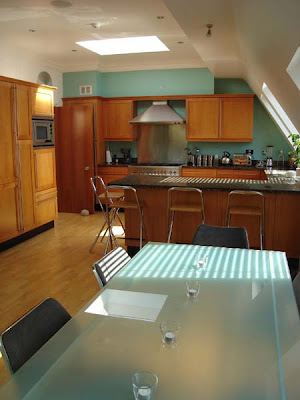All websites used can be found linked at the bottom.
Moll is a graphic turned web designer; he also is an author and speaker.

When it comes to web designing, Moll likes to stick to a particular style and keeps most of his sites relatively similar with the navigation running long the top, information centred to the screen and the use of a subtle over all background colour and then a darker shade of the same colour in the body of his site. These all work very well.
However, occasionally he does tend to make something a little different. Take the Css Mastery Case Study site; even though it’s a fictitious site, it goes against everything he normally does. For example, the navigation is in the form of a contents page in a book, and main body of text is split into two neat columns.

Getting back to his portfolio site. I like the use of colours and textures. These are subtle changes which are most effective. On top of that, the images which he uses to show his work are good because the bold colours contrast well with the red background. What I find a bit strange is the fact that there is no navigation, rather links to other sites like his blog, or a google search. I also like how everything is laid out in the same way. For example, the relative texts ate all inline with one another, this makes it look very neat.

Looking at his sites, they all seem relatively the same, apart from the one I have mentioned. When I develop my discipline, I would like to develop a style but I would like to more make things that are different from one another so I don’t get stuck in a rut making the same style of website over and over again. Variation is key.
The things I would take from his work and use myself are the use of colours and the subtle changes he makes to them. A good example of this is the March of Dimes website (see below). Cameron uses a pale shade of purple as the overall background colour and then uses a darker shade for logo and navigation.

Another thing I would use is his use of textures. They tie in with the theme of the website very well and again are sometimes only subtle.
Overall I think he is very talented but I would like his online portfolio to maybe have more pages.
Websites used:
http://cameronmoll.com/portfolio/
http://tuscany.cssmastery.com/#
http://marchofdimes.com/
Other examples of work:
http://cameronmoll.com/projects/lds/home1b.html
http://www.hiram.edu/index.html
http://www.english360.com/
http://www.cameronmoll.com/projects/bmb/
http://www.joyent.com/
http://www.vivabit.com/








.png)

